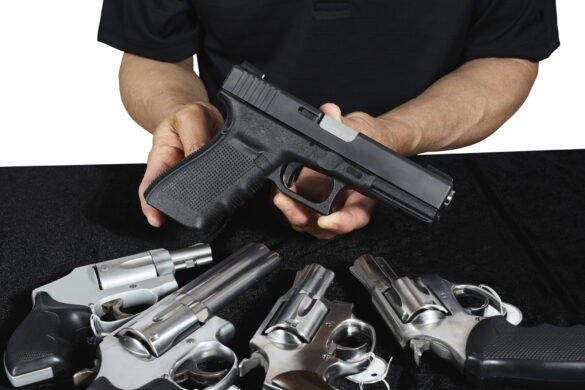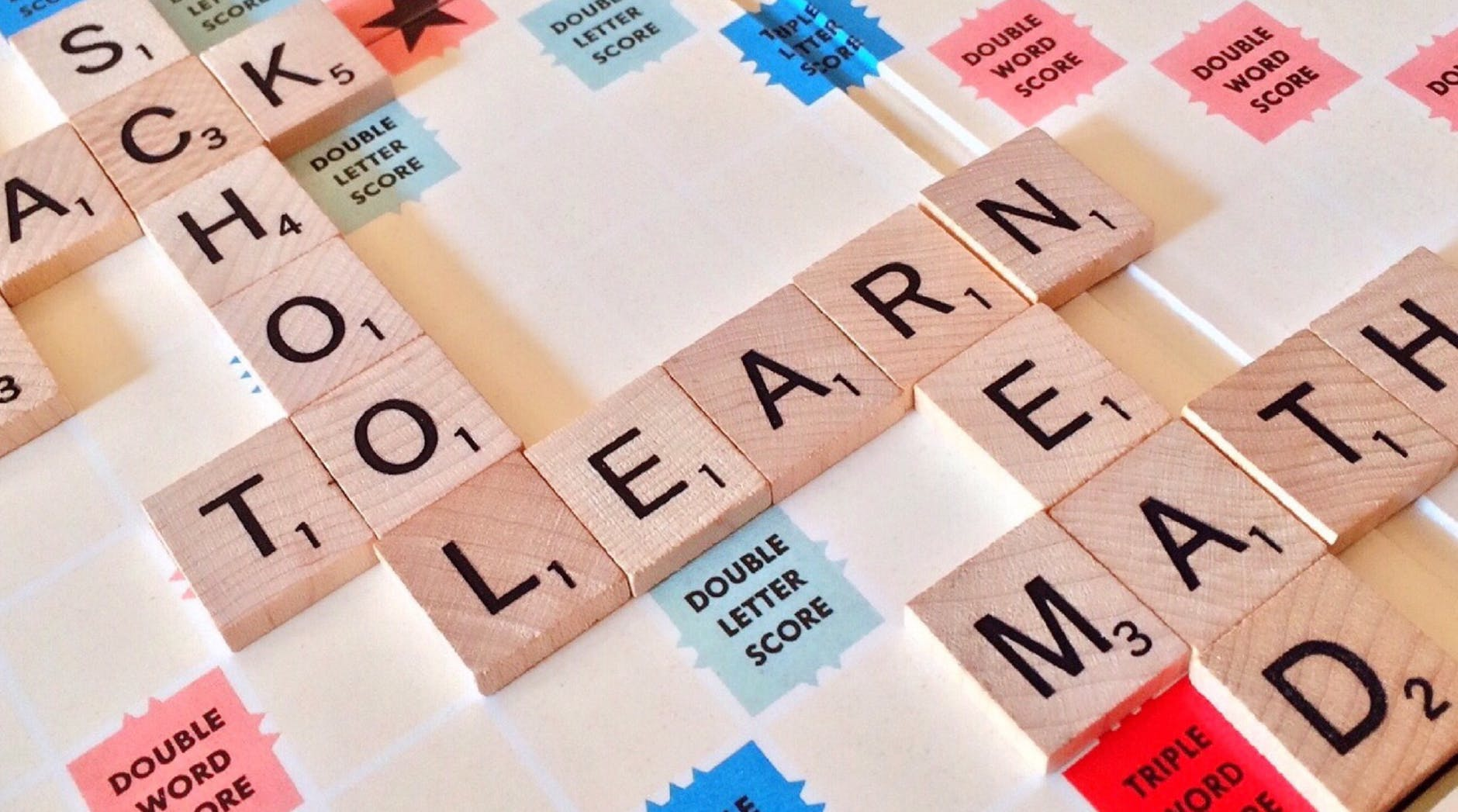A fixed blade is one of the most common and popular knives that people are using across the world. This kind of knife is used in kitchens as well as a popular survival knife. The other form of knife in which a fixed blade is popular includes the tactical knife.
In stores, both online and offline, you can find top grade knives for sale in UK. People tend to use fixed blades as a tactical knife and these knives have various uses and purposes. You need to find a knife that meets your purpose
HOW CAN YOU FIND THE PERFECT TACTICAL FIXED BLADE KNIFE?
When you decide on choosing a tactical knife, you need to consider what the purpose of using the knife is. A fixed blade tactical knife can be used for numerous purposes. You could also use it out in the wilderness as well as within the household. They will help you with everything, from making tools to a dressing game. You could also use them as makeshift screwdrivers.
Here is how you can find one that suits your purpose:
1. Length of the Tactical Fixed Knife Blade: Length of a fixed blade can vary from small to large. You need to choose the length of the blade carefully. Make sure you have a good idea about the task you are going to perform. A larger blade will not be able to address smaller tasks like dressing smaller game or tasks that require precision. On the other hand, a smaller blade is useless in bigger tasks like chopping wood. So, the ideal length is 9 to 11 inches.
2. Selecting the Blade Shape: The choice of blade can vary. The choices include,
- Drop Point, which is a multi-purpose shape
- Serrated Blades tend to stay sharper for longer time and can cut into things at a faster rate
- Gut Hook, is great for field dressing
- The Tanto, is a blade with exceptional strength, so it can pierce materials much easily
- Chisel Tip, is the best blade for search and rescue missions, as it is a good tool for prying
- Clip Point, shows good control in both cutting as well as piercing
Each and every blade has a different purpose, so you need to think about the purpose and choose the one that suits your needs best.
3. Selecting Blade Core Material: The primary choices for the blade core material are stainless steel and carbon steel. Both the materials have their fair share of advantages and disadvantages. High carbon steel is known to be quite a durable material. This can provide your blade great edge retention. Stainless Steel can help protect your blade against rust and corrosion. Stainless steel does not add a metallic hint to your food, if you are using it to prepare food items.
4. Tang or Handle of the Knife: Tang is an important component of the handle. It is the part of the blade, which is covered with paracord or the knife’s handle. There are basically three types,
- The full tang: is the strongest and made completely of metal. It is perfect choice for heavy duty fixed knife blades.
- The partial tang: in this type of tang the metal goes down the handle part way, making it a weak knife. This kind of knife should be avoided, unless an absolute necessity.
- Hollow Handle: It might not be as bad as the partial tang or as good as the full tang, but it has its advantages. You can store some supplies in the hollow handle.
These are just some of the points that need serious consideration. You also need to look at the sheath material. These can help you buy a knife that fits your needs perfectly. If you follow these points then you can avoid ending up with a knife that is of no use to you.






